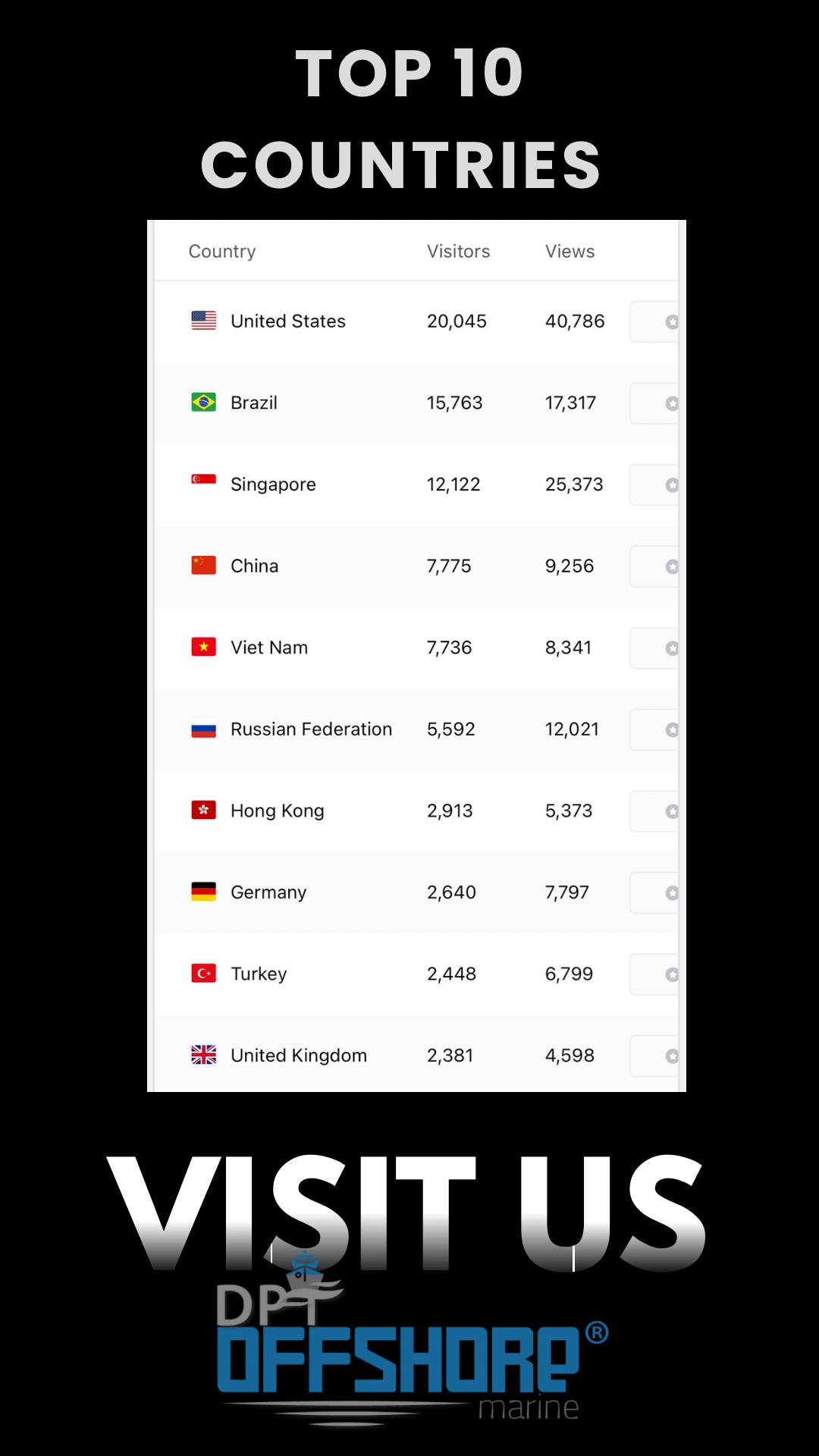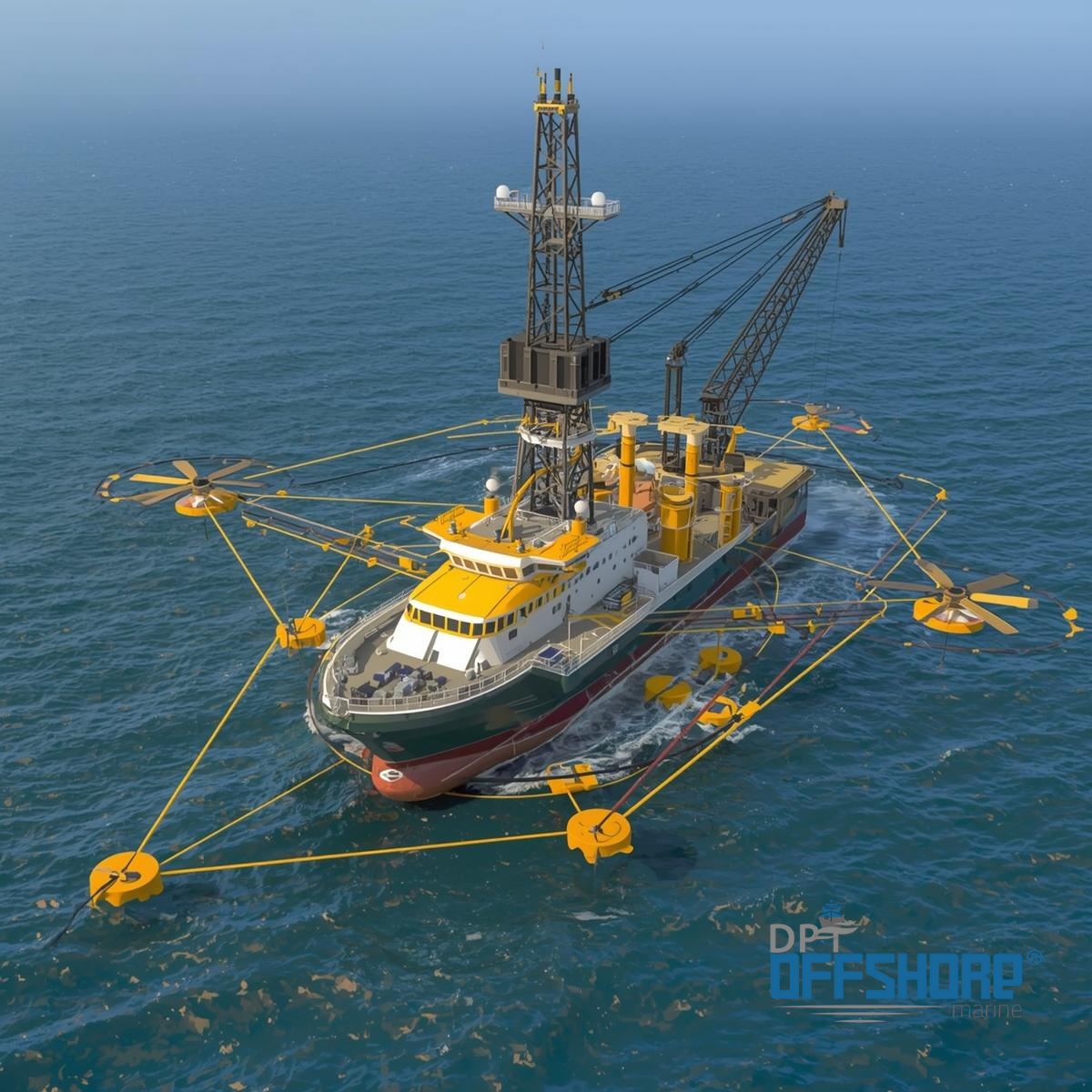Wind Sensors
Wind sensors play a crucial role in the operations of modern maritime and aviation systems. These sensors are integral to feed-forward processes, where they aid in anticipating changes in wind conditions and adjusting system responses accordingly. Below are some key aspects of wind sensors in these contexts:
DPO E-training Revalidation CPD Test Bundle
2.800,00₺ Original price was: 2.800,00₺.1.600,00₺Current price is: 1.600,00₺.
Role in Feed-Forward Processes
- Anticipation of Changes: Wind sensors help predict variations in wind speed and direction, allowing systems to preemptively adjust to maintain stability.
- System Integration: In feed-forward mechanisms, data from wind sensors is used to optimize performance and safety.
Calculation of Weathervane Heading
- Direction Determination: Wind sensors measure the angle of the wind relative to the vessel, facilitating accurate weathervane heading calculations.
- Stability Maintenance: Accurate heading calculations ensure that vessels maintain their intended course.
Impact of Vessel Draught
- Sensor Accuracy: The draught of a vessel can influence the accuracy of wind sensor readings. Deeper draughts may cause discrepancies in sensor data due to the vessel’s interaction with the surrounding environment.
- Compensation Mechanisms: Adjustments are often needed to account for changes in draught, ensuring reliable sensor performance.
Feed-Forward Compensation Mechanisms
- Proactive Adjustments: Systems use sensor data to make real-time adjustments, enhancing stability and performance.
- Efficiency Optimization: Feed-forward compensation helps in reducing energy consumption by optimizing system responses to environmental changes.
Optimal Sensor Placement
- Avoiding Wind Shadow: To ensure accurate readings, sensors must be placed in locations free from obstructions that could cause wind shadow.
- Strategic Positioning: Optimal sensor placement considers vessel design and operational requirements.
Challenges with Sensor Deselection
- Data Integrity: Removing a sensor from the system can impact data accuracy and system reliability.
- Decision-Making: Operators must carefully evaluate the necessity of deselection to maintain operational integrity.
Influence of Helicopter Operations
- Turbulence Effects: Helicopter operations can create localized turbulence, affecting wind sensor readings.
- Operational Adjustments: Systems may need to adjust readings or disregard temporary anomalies caused by helicopter activity.
Reference Origin
The reference origin is a fundamental concept in navigational systems, ensuring that all measurements are consistent and accurate.
Designation Mechanism
- Initial Selection: The initially chosen Position Reference System (PRS) is designated as the origin, serving as the baseline for all subsequent measurements.
- Standardization: This mechanism ensures that all navigational data is referenced from a consistent point.
Procedure for Alteration
- Deselection Process: To alter the reference origin, all selections must be deselected, allowing for a new PRS to be established as the origin.
- System Flexibility: This process allows for adjustment based on changes in operational requirements or environmental conditions.
Gyros and Redundancy
Gyroscopes are vital components in navigation systems, providing essential data on orientation and movement.
Importance of Redundancy
- Reliability Assurance: Redundancy in gyro systems ensures that even if one unit fails, others can take over, maintaining navigational accuracy.
- System Resilience: Redundant systems are crucial for operations in challenging environments, where precision is paramount.
Role of the DPO
- Decision-Making Responsibility: The Dynamic Positioning Operator (DPO) is responsible for selecting the appropriate gyro when discrepancies arise.
- Error Management: The DPO must analyze data and determine the most reliable source to ensure continued operational accuracy.
This comprehensive examination of environmental references and their components illustrates the complexity and importance of these systems in modern navigation and operational contexts.
DPO Education Store
All questions are copyrighted by DPT Offshore Marine, and any reproduction, copying, distribution, or use of its works that requires permission is prohibited without proper authorization and knowledge. Anyone engaging in such actions will bear full legal responsibility. Declared with respect.

















